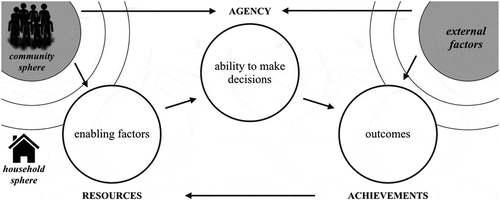Figures & data
Figure 2. Hypothesised pathways of change by which participatory intrahousehold decision making affects different dimensions of women’s empowerment
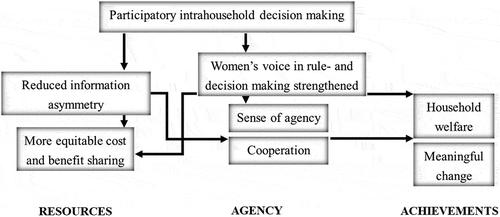
Table 1. Descriptive statistics of outcome indicators by group (disregarding non-compliance and before matching)
Table 2. List of conducive elements for women’s empowerment as perceived by women
Figure 4. Overview of the importance women assign to their weight in final decisions about daily needs, food and cash crops, major household expenditures, land and groups for leading the life they have reason to value
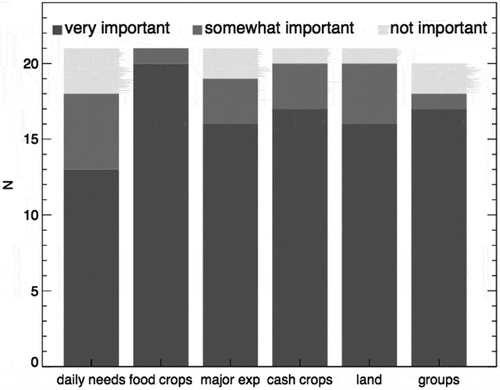
Figure 5. Pathways of women’s empowerment
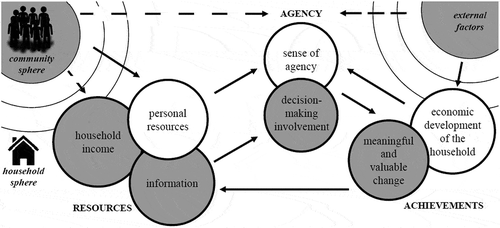
Table 3. Estimates of average treatment effects (βx) on women’s access to assets and income and on time allocation
Table 4. Estimates of average treatment effects (βx) on women’s involvement in strategic farm and household decisions and on improved household welfare
Figure 6. How the impact of introducing of participatory intrahousehold decision making fits into women’s strategies for empowerment
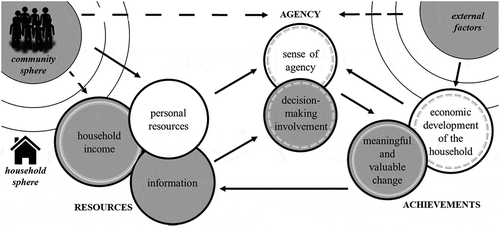
Supplemental Material
Download PDF (1.2 MB)Data statement
The quantitative questionnaires, dataset, Stata code, and qualitative interview guide and transcripts are accessible at DOI: 10.17632/rb3zz4bx3p.2

